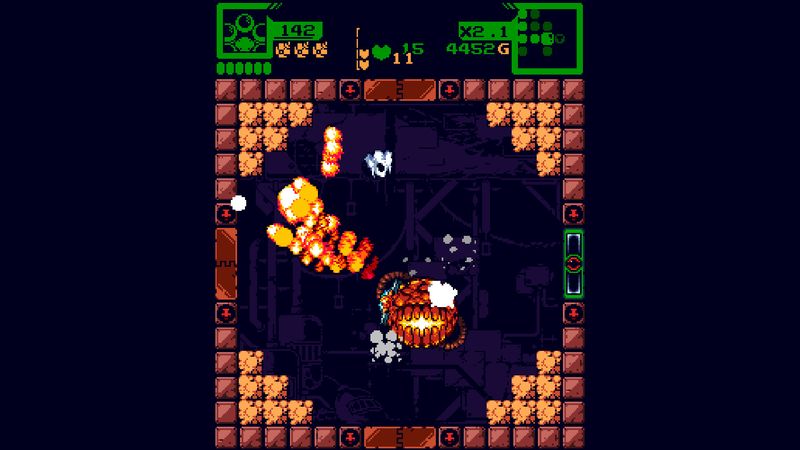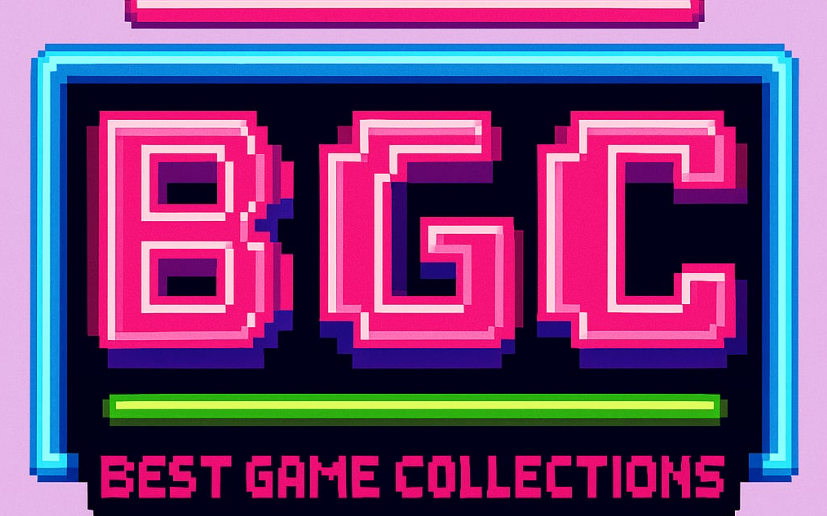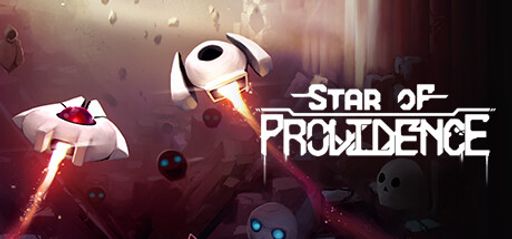 Right off the bat, Star of Providence by Team D-13, published by BIGMODE, nails tight twin-stick combat. Players praise its fluid action, deep weapon modifiers, and chiptune soundtrack. One Steam user even calls it a top-tier roguelite with emotional high points. Additionally, the DLC Relics of the Past—now free—adds two new floors and 2,000 layouts. I love its advanced damage softcap to balance late-game builds. As a competitive gamer, I model my builds to exploit weapon modifiers and meta-strategy.
Right off the bat, Star of Providence by Team D-13, published by BIGMODE, nails tight twin-stick combat. Players praise its fluid action, deep weapon modifiers, and chiptune soundtrack. One Steam user even calls it a top-tier roguelite with emotional high points. Additionally, the DLC Relics of the Past—now free—adds two new floors and 2,000 layouts. I love its advanced damage softcap to balance late-game builds. As a competitive gamer, I model my builds to exploit weapon modifiers and meta-strategy.
 When I jumped blind into those procedural floors and loved discovering hidden rooms. The portable Gungeon vibe is real. Excellent for on-the-go play. On top of that, Team D-13 optimized their generator code so each run feels fresh. In one session, I found a secret corridor on Floor 3 that led to a rare blessing, and that sense of surprise keeps me digging deeper.
When I jumped blind into those procedural floors and loved discovering hidden rooms. The portable Gungeon vibe is real. Excellent for on-the-go play. On top of that, Team D-13 optimized their generator code so each run feels fresh. In one session, I found a secret corridor on Floor 3 that led to a rare blessing, and that sense of surprise keeps me digging deeper.
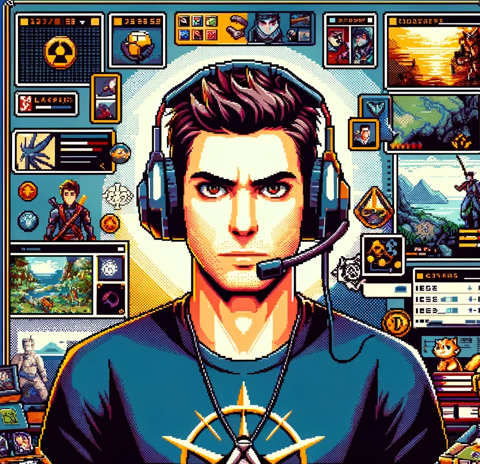 Remarkably, I unlocked every cartridge and blessing in under ten runs. The game lists over 50 weapon modifiers. To stay organized, I mapped each combination and tracked shop rotations. The developers give clear achievement goals but leave a few cryptic lore unlocks, and I appreciate that mystery—it drove me back to practice mode to master every boss outcome.
Remarkably, I unlocked every cartridge and blessing in under ten runs. The game lists over 50 weapon modifiers. To stay organized, I mapped each combination and tracked shop rotations. The developers give clear achievement goals but leave a few cryptic lore unlocks, and I appreciate that mystery—it drove me back to practice mode to master every boss outcome.
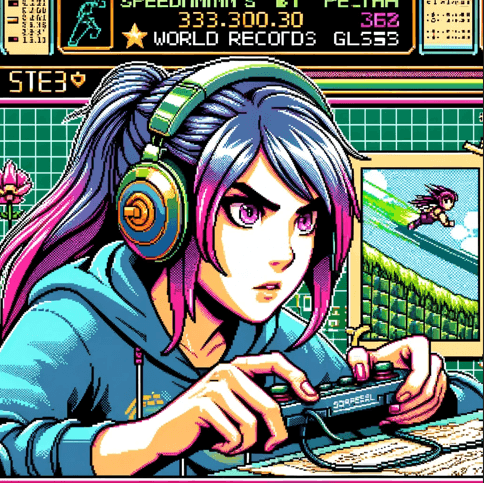 In my best run, I trimmed my best run to under 21 minutes using a burst-fire railgun and speed boots. The invisible damage cap forces smart combos, not brute force. Practice mode lets me target single bosses, build muscle memory, and optimize movement. I love that Team D-13 built a training tool right into the game.
In my best run, I trimmed my best run to under 21 minutes using a burst-fire railgun and speed boots. The invisible damage cap forces smart combos, not brute force. Practice mode lets me target single bosses, build muscle memory, and optimize movement. I love that Team D-13 built a training tool right into the game.
 On mechanics, the smooth twin-stick aiming and dodge-roll feel precise. There are over 40 weapons and 50 modifiers pushing the genre forward. While comparisons to Enter the Gungeon fit, the branching loops system adds depth. I even dissected enemy hitboxes and found patterns rivaling classic bullet-hell shooters.
On mechanics, the smooth twin-stick aiming and dodge-roll feel precise. There are over 40 weapons and 50 modifiers pushing the genre forward. While comparisons to Enter the Gungeon fit, the branching loops system adds depth. I even dissected enemy hitboxes and found patterns rivaling classic bullet-hell shooters.
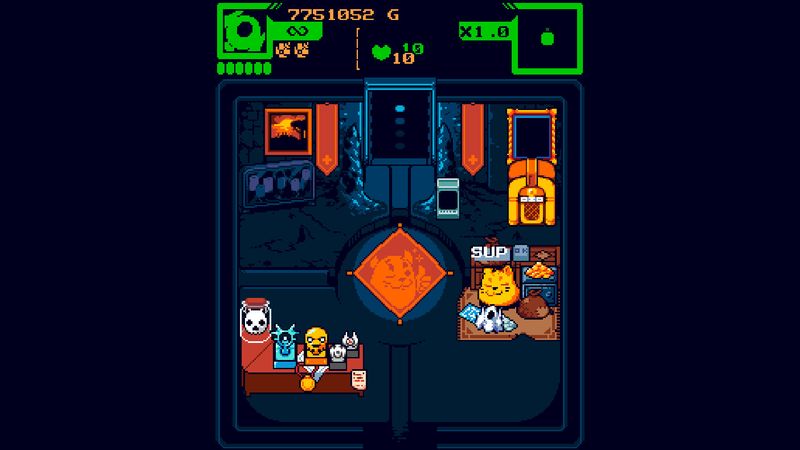
 Speaking of environmental hazards, when it comes to traps like pressure plates and crushing blocks, you’re constantly on your toes. For example, I used hacking on Floor 5 to open secret caches, a mechanic that really spices up each run. And because the layout is procedural, no two trap sequences ever repeat.
Speaking of environmental hazards, when it comes to traps like pressure plates and crushing blocks, you’re constantly on your toes. For example, I used hacking on Floor 5 to open secret caches, a mechanic that really spices up each run. And because the layout is procedural, no two trap sequences ever repeat.
 Up until now, I’ve cataloged every trap type and enemy variant across five floors. Plus, the DLC floors Temple and b0unds introduce their own unique hazards, and tracking those details kept me hooked long after I’d hit max progression.
Up until now, I’ve cataloged every trap type and enemy variant across five floors. Plus, the DLC floors Temple and b0unds introduce their own unique hazards, and tracking those details kept me hooked long after I’d hit max progression.
 Once you clear Loop 1, Loop 2 kicks in with tighter room timers. At that point, I charted optimal paths to shave seconds off my runs, and those incremental difficulty spikes truly reward practice.
Once you clear Loop 1, Loop 2 kicks in with tighter room timers. At that point, I charted optimal paths to shave seconds off my runs, and those incremental difficulty spikes truly reward practice.
 At the same time, the story unravels through environmental clues and cryptic text walls. In an interview, Team D-13 explained they aimed for “mystique over exposition,” which hits home when you stumble upon hidden council glyphs during a run.
At the same time, the story unravels through environmental clues and cryptic text walls. In an interview, Team D-13 explained they aimed for “mystique over exposition,” which hits home when you stumble upon hidden council glyphs during a run.
 On the visual front, each floor’s art reveals part of the facility’s history. No walls or NPCs give it away. Instead, you piece it together by exploring archives and crashed ships.
On the visual front, each floor’s art reveals part of the facility’s history. No walls or NPCs give it away. Instead, you piece it together by exploring archives and crashed ships.
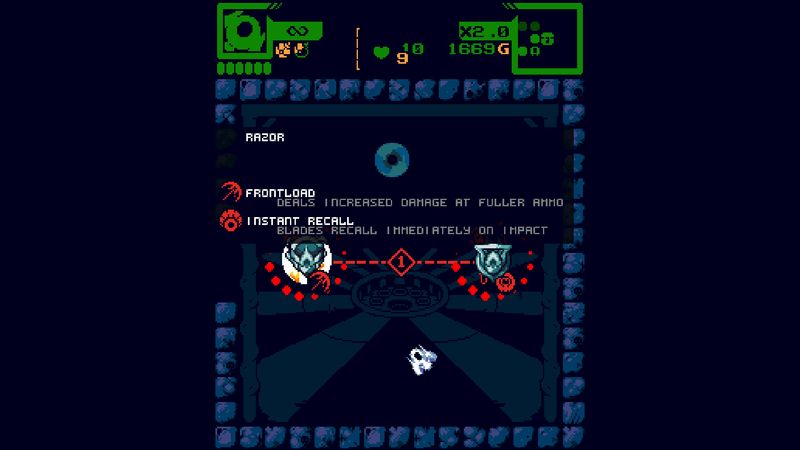
 That said, some dialogues do stretch on, so you really need a lore guide to follow council politics. I noted conversation triggers for Gauntlet Master, and documenting them is essential for a truly complete playthrough.
That said, some dialogues do stretch on, so you really need a lore guide to follow council politics. I noted conversation triggers for Gauntlet Master, and documenting them is essential for a truly complete playthrough.
 Personally, I tend to skip through text walls, but I still respect the depth they add. It’s nice flavor during downtime in long speed sessions.
Personally, I tend to skip through text walls, but I still respect the depth they add. It’s nice flavor during downtime in long speed sessions.
 Technically speaking, the pixel art runs on Unity’s lightweight renderer, and Team D-13 credits classic arcade shooters for inspiration. The strong color contrast ensures bullets remain visible even in the most hectic rooms.
Technically speaking, the pixel art runs on Unity’s lightweight renderer, and Team D-13 credits classic arcade shooters for inspiration. The strong color contrast ensures bullets remain visible even in the most hectic rooms.
 Each floor also boasts its own palette—icy blues in the Temple and neon circuits in b0unds—which keeps every environment memorable.
Each floor also boasts its own palette—icy blues in the Temple and neon circuits in b0unds—which keeps every environment memorable.
 In performance tests on PC, Switch, and low-end rigs, frame rates held stable. The 290p base resolution even scales cleanly.
In performance tests on PC, Switch, and low-end rigs, frame rates held stable. The 290p base resolution even scales cleanly.
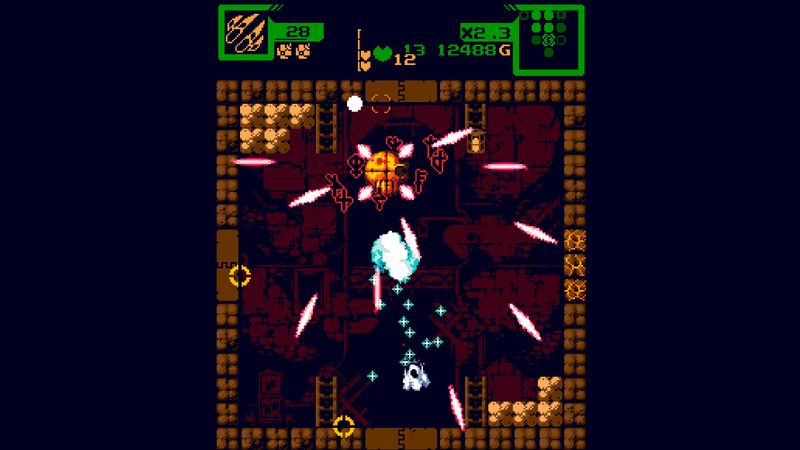
 I also logged sound cues for secret room spawns. For speedruns, clarity matters. That’s why I use the 580p pixel-perfect option to read enemy cues without blur.
I also logged sound cues for secret room spawns. For speedruns, clarity matters. That’s why I use the 580p pixel-perfect option to read enemy cues without blur.
 Audio also plays a huge role. The chiptune soundtrack spans over three hours, and tracks like “Into the Abyss” sync with fight tempos. Audio cues signal incoming hazards.
Audio also plays a huge role. The chiptune soundtrack spans over three hours, and tracks like “Into the Abyss” sync with fight tempos. Audio cues signal incoming hazards.
 I timed boss entrances to the beat, and that synergy pumped me up for every fight. Plus, I logged sound cues for secret room spawns—a soft audio tick always precedes a hidden switch.
I timed boss entrances to the beat, and that synergy pumped me up for every fight. Plus, I logged sound cues for secret room spawns—a soft audio tick always precedes a hidden switch.
 I logged sound cues for secret room spawns. A soft audio tick always precedes a hidden switch.
I logged sound cues for secret room spawns. A soft audio tick always precedes a hidden switch.
 In fact, I rely on audio loops to mark perfect dodge frames. That polished sound design sharpens my runs.
In fact, I rely on audio loops to mark perfect dodge frames. That polished sound design sharpens my runs.
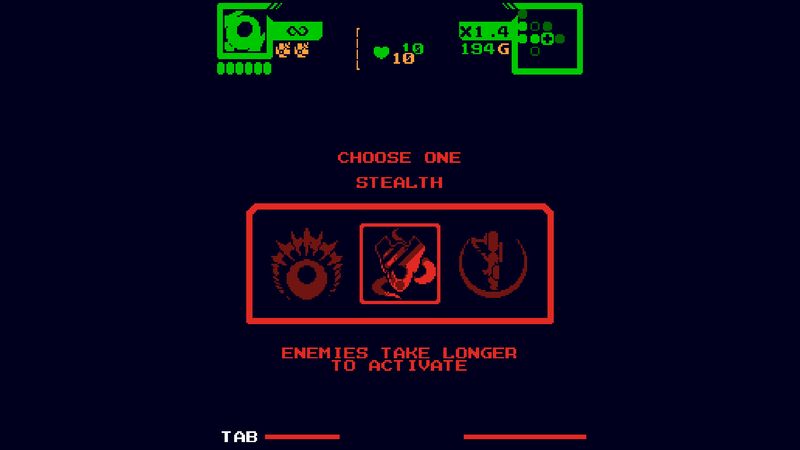
 As for characters, they stay mysterious. Your ship and council avatars hint at deeper ties. I’d love more backstory through optional logs.
As for characters, they stay mysterious. Your ship and council avatars hint at deeper ties. I’d love more backstory through optional logs.
 Blessings from different councils change your playstyle. One grants melee-boosting shields that flip combat dynamics. I catalogued every blessing synergy, and some combos even unlock rare secret floors.
Blessings from different councils change your playstyle. One grants melee-boosting shields that flip combat dynamics. I catalogued every blessing synergy, and some combos even unlock rare secret floors.
 When choosing characters in Star of Providence, I look at base speed stats. Some ships dash faster, which truly trims run times.
When choosing characters in Star of Providence, I look at base speed stats. Some ships dash faster, which truly trims run times.
 Combat feels fair, but RNG boss patterns can spike difficulty. A user mentioned one pigeon attack that can crush or barely graze you; those moments test your adaptability.
Combat feels fair, but RNG boss patterns can spike difficulty. A user mentioned one pigeon attack that can crush or barely graze you; those moments test your adaptability.
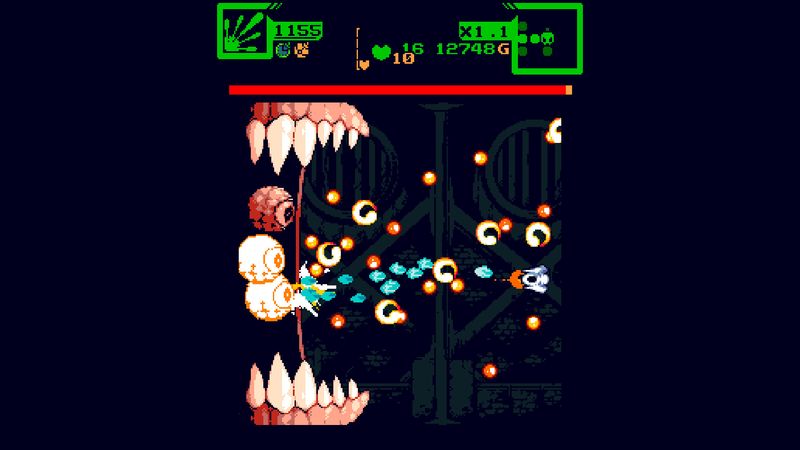
 Overall, difficulty scales smoothly if you focus on target prioritization. Early bosses teach core mechanics before late-game chaos.
Overall, difficulty scales smoothly if you focus on target prioritization. Early bosses teach core mechanics before late-game chaos.
 I conquered hidden bosses after mapping their attack cycles. Patience and note-taking turn those RNG fights into rhythmic challenges.
I conquered hidden bosses after mapping their attack cycles. Patience and note-taking turn those RNG fights into rhythmic challenges.
 Again, loop difficulty encourages optimization. I embraced the hardest loops to keep pushing my minutes-per-loop record.
Again, loop difficulty encourages optimization. I embraced the hardest loops to keep pushing my minutes-per-loop record.
 Replay value soars with branching loops, 40+ characters, and 50 modifiers; each run feels unique.
Replay value soars with branching loops, 40+ characters, and 50 modifiers; each run feels unique.
 Relics of the Past adds bonus layouts and bosses. Star of Providence free DLC nearly doubles content, and I’m still chasing 100% on achievements. The mix of secret lore, cartridges, and loops extends my playtime indefinitely.
Relics of the Past adds bonus layouts and bosses. Star of Providence free DLC nearly doubles content, and I’m still chasing 100% on achievements. The mix of secret lore, cartridges, and loops extends my playtime indefinitely.
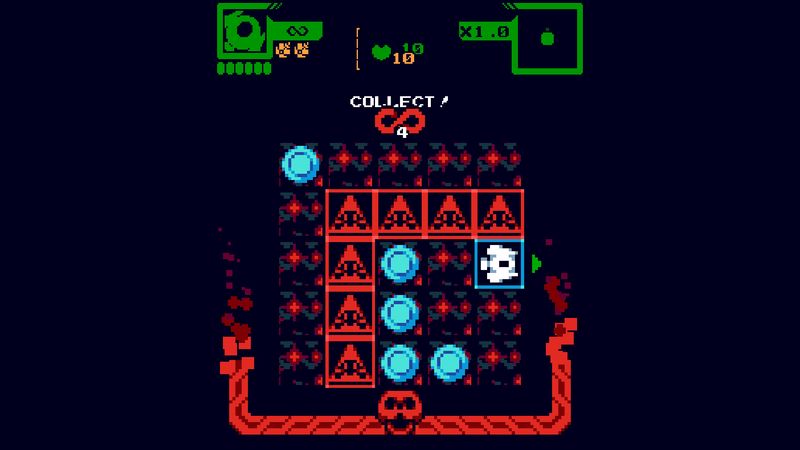
 Daily speed challenges or custom boss runs keep me logging in. Practice mode sharpens every encounter.
Daily speed challenges or custom boss runs keep me logging in. Practice mode sharpens every encounter.
 In closing, Star of Providence pushes twin-stick roguelites forward with its polished presentation, deep systems, and thoughtful design—making it a standout among its peers. If you’re hungry for similar thrills, check out Enter the Gungeon for its tight procedural combat and dizzying gun variety; Nuclear Throne for its breakneck action and mutated build combos; Hades for its rich narrative layers, smooth combat, and endlessly satisfying replay loops; Dead Cells for its seamless fusion of Metroidvania exploration and roguelite mechanics; and Risk of Rain 2 for its chaotic scaling difficulty and addictive loot-stacking mayhem.
In closing, Star of Providence pushes twin-stick roguelites forward with its polished presentation, deep systems, and thoughtful design—making it a standout among its peers. If you’re hungry for similar thrills, check out Enter the Gungeon for its tight procedural combat and dizzying gun variety; Nuclear Throne for its breakneck action and mutated build combos; Hades for its rich narrative layers, smooth combat, and endlessly satisfying replay loops; Dead Cells for its seamless fusion of Metroidvania exploration and roguelite mechanics; and Risk of Rain 2 for its chaotic scaling difficulty and addictive loot-stacking mayhem.
